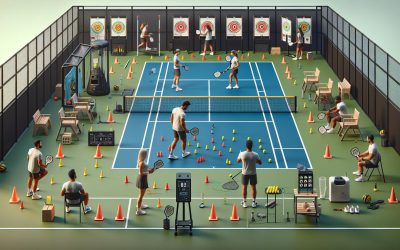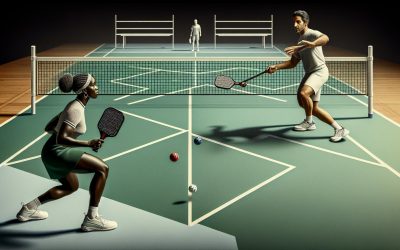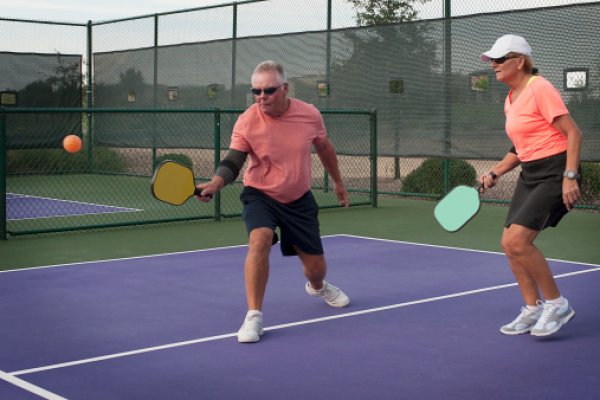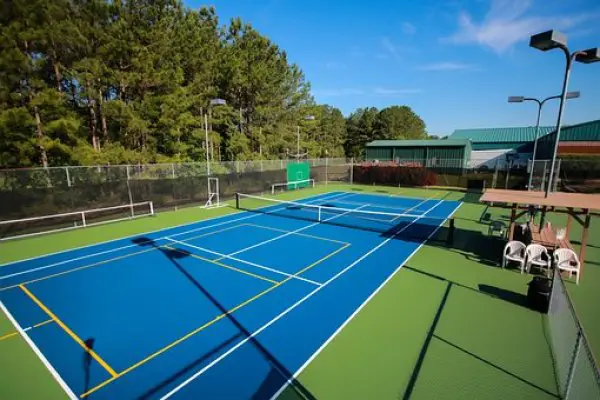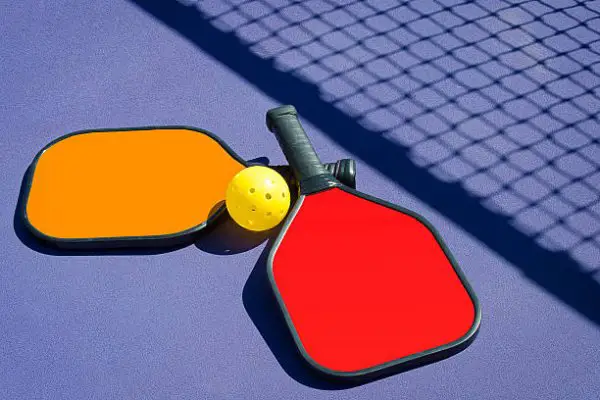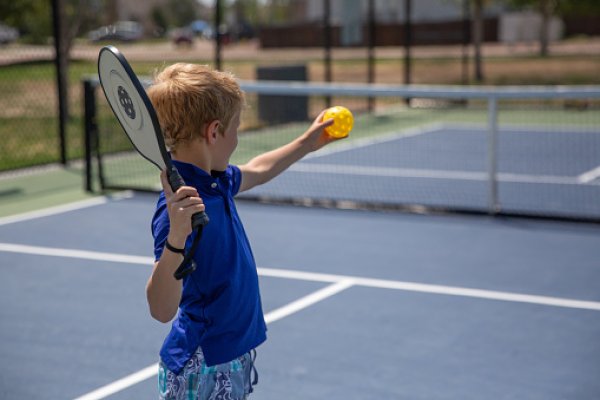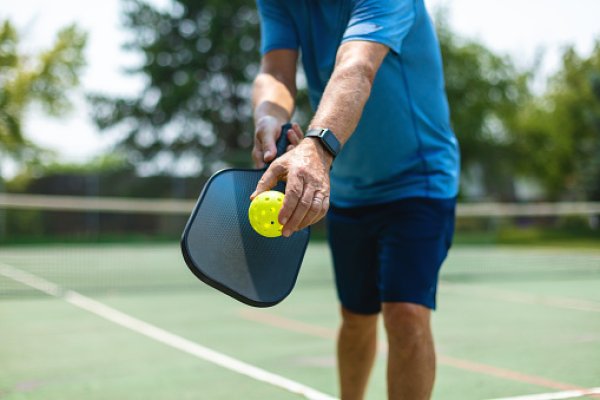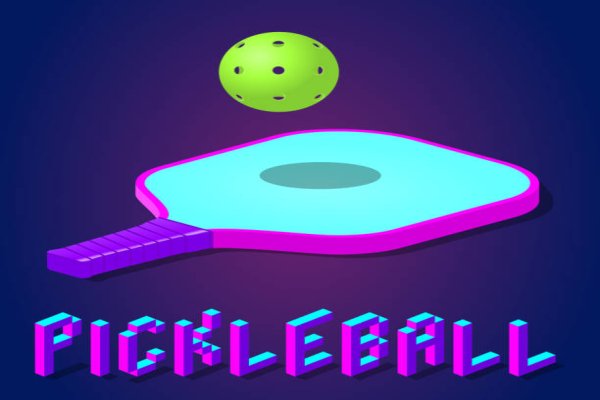PICKLEBALL FOR ALL
Unleash the Fun, Master the Game Serving Smiles on the Pickleball Court!

Invented
Players
Avg Time Played
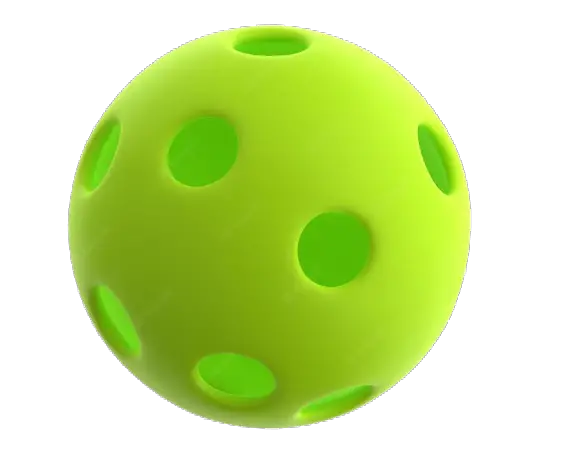

Pickleball 101
Court Size
Pickleball is often described as a more accessible and beginner-friendly alternative to tennis due to its smaller court size and slower ball speed.
Rules
Once the ball is served, both teams must let it bounce once on their side before volleys (hitting the ball in the air) are allowed.
The Game
The game starts with an underhand serve, and the serving team must keep at least one foot behind the backline until the serve is made.
Rules
After the two bounces (one on each side) during the serve, the ball can be played either on the bounce or volleyed as desired.
See Our Latest Posts
Master Pickleball: Top Shot Selection Strategies for Winning Play
Discover the secrets to mastering pickleball with our guide on shot selection strategies. Learn how smart play, understanding court positioning, and mixing up shots can elevate your game. Dive into techniques like the drop shot, kitchen dink, and the art of anticipation to outsmart opponents and dominate the court.
Master Pickleball: Top Tips to Anticipate Opponent’s Moves
Unlock the secret to dominating the pickleball court by mastering anticipation skills. This article explores the critical role of predicting opponents’ moves, from understanding game nuances and psychology to observing body language and utilizing video analysis. Perfect for both novices and veterans, learn how to stay steps ahead, conserve energy, and gain a psychological edge, turning you from a good player into a great one.
Top Pickleball Warm-Up Routines for Injury Prevention and Better Play
Discover the ultimate pickleball warm-up routines designed for injury prevention. Learn how dynamic stretches, cardiovascular exercises, and mental preparation strategies can boost your performance, enhance mental focus, and keep you injury-free on the court.
Adapting Your Pickleball Strategy for Various Opponents: A Guide
Discover the secrets to mastering pickleball against any opponent. Learn how to adapt your game plan, from serving strategies to court positioning, and develop the skills to outplay diverse playing styles while staying focused and flexible.
Boost Your Pickleball Game: Targeted Drills for Unmatched Accuracy
Elevate your pickleball game with targeted drills designed to enhance accuracy across all gameplay aspects. Discover essential drills for serves, volleys, groundstrokes, and lobs, and learn how incorporating these into your practice routine can boost your technique and control. Get tips on tracking progress, adapting to match conditions, and using technology to gain a competitive edge.
Winning Tactics: Strategies to Defeat Strong Pickleball Players
Discover key strategies for outsmarting skilled pickleball players, including positioning, mastering the split step, strategic shot selection, and exploiting opponent weaknesses. Improve your court awareness and adaptability to elevate your game.
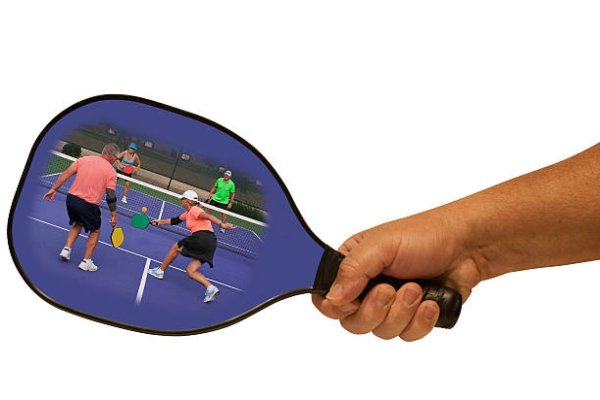
Pickleball Game Facts:
Pickleball is often described as a more accessible and beginner-friendly alternative to tennis due to its smaller court size and slower ball speed.
The game starts with an underhand serve, and the serving team must keep at least one foot behind the backline until the serve is made.
Once the ball is served, both teams must let it bounce once on their side before volleys (hitting the ball in the air) are allowed.
After the two bounces (one on each side) during the serve, the ball can be played either on the bounce or volleyed as desired.
The ball must stay in play and not go out of bounds or touch the non-volley zone (the kitchen) during the rally.
Players can score points only when serving, and if they win the rally, they get to retain the serve for the next point.
Team Size:
Pickleball can be played in singles or doubles format. In singles, it’s a one-on-one game, while doubles involves two players on each team.
Doubles is the most popular format of the game, and it’s often preferred due to its social and team-oriented nature.
A standard pickleball match consists of two teams, each with two players, playing against each other.
The two players on a team work together to cover the court and strategize during the match.
Time Played:
The duration of a pickleball match can vary based on factors such as skill level, game format (singles or doubles), and the scoring system used.
Generally, a pickleball game played to 11 points may take around 15 to 30 minutes to complete.
Competitive matches, especially at higher levels, can last longer, ranging from 30 minutes to an hour or more.
Some tournaments and events may have time limits for matches, ensuring the smooth progression of the overall competition.
Pickleball’s relatively short duration makes it an attractive sport for players who want to get some exercise and have fun without committing to long matches.
It’s worth noting that the duration of a pickleball match can vary widely based on individual playing styles, the pace of the game, and other external factors. As with any sport, the actual time played can be influenced by various circumstances.
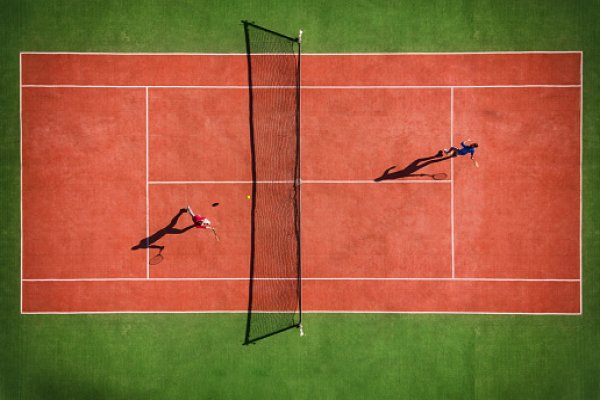
Get in touch (and in shape)





